How did I come on the idea of lichen bread? During my research into bark bread I have found a reference which is now sadly buried in the depths of internet. I remember it was a Youtube video describing a side story to the bark bread. In the nineteenth century (or thereabout) an important botanyst (or something like that) came to Finland. He was deeply troubled since trees have to be cut down to make bark bread, as this was (in his opinion) too devastating to the forests. Therefore suggested that the additive to the bread should be lichen growing on the trees or nettle.
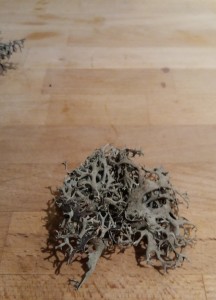
Granted, the proposal would save some trees – though I believe a number of trees is relatively low compared to the number used for heating and wood production – even in the nineteenth century AND in the first instance you could use the very same trees cut for commercial exploit to make bark bread. But what is even more important, these additives would not yield any caloric benefit, which is really important in the times of food shortage. Bark bread, on the other side, has at least theoretical chance to add some extra calories as I described in my other post.
Anyway, I found the idea of lichen bread fascinating, so I decided to make some. Lichen is a composite organism of alge (providing food via photosynthesis) and fungus (providing the structure) which live together in synergy. So you basically have a mushroom mixed with grass – I guess this is OK for making bread. Further, lichens come in many varieties and can be used as a good indicator for air pollution – the more shrub like the lichen, cleaner is the air (wikipedia describes this nicely). Therefore I decided to use a shrub lichen, that I picked deep in the forest, far away from any human settlements, where the air is the purest and lichen grows in abundance.
Making the flour
There was no problem getting the lichen – you just have to pick it up from the trees or the ground. It smelled a little mouldy, but the smell was gone after drying. The taste of the fresh lichen was also mouldy and strong, which subsided upon drying but was never entirely gone. When it was dried, the lichen could be easily cut with the knife into small pieces.
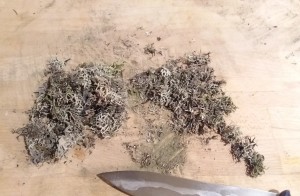
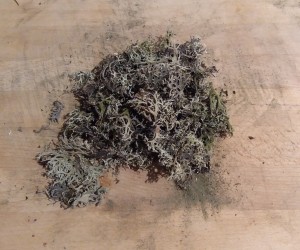
There were parts of bark and twigs inside, where the lichen was attached to the tree. I tried to remove as much of tree material as possible, but you could taste a note of spruce (the lichen was growing mostly on spruce) in the finished bread, so I guess I was not entirely successful. Anyway, after cutting the lichen I thought that grounding it down to flour would be easy – well, I was so wrong. No matter what I did, a part of the lichen was immediately reduced to small particle while other – presumably more fibrous – did not bulge even if I changed blenders and blending speed. Therefore I decided to make two separate loaves, one with the fibrous material and the other with dusty lichen.
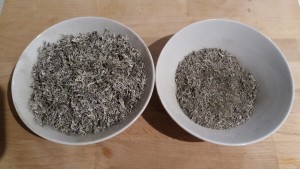
Baking the lichen bread
I added a quarter (25%) of lichen and three quarters of wheat flour and made a standard bread dough – i.e. adding salt, yeast, sugar (a bit, to get the yeast started) and water. Although the fibrous lichen very voluminous, I had no problem mixing it with the flour and kneading the dough. The dough with fibrous lichen did, however, require much more water (almost twice as much) as the dough with powdered lichen. I guess the fiber soak up quite a bit. The final dough was not much different than usual and had a greenish color (check the pictures). I formed small loaves and baked them at 220 °C for 30-45 minutes.
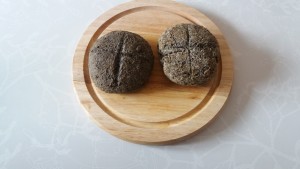
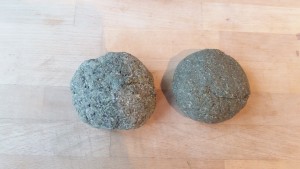
The bread was deeply green with a smell of lichen, forest and mould. The taste was strong, but not so much as with the bark bread. Bread made from powdered lichen tasted strongly of spinach in the beginning and transformed to lichen and forest taste with further chewing. Fibrous lichen bread tasted of lichen and forest from the beginning. Both bread had a spruce and tannins aftertaste which could linger in your mouth for several minutes. Some taster said they could not get rid of the taste for the whole day – I lost it after a minute or two.
After a day the bread lost the edge in flavor and the distinction between powdered and fibrous lichen was barely noticed. Though slight mouldiness and strong aftertaste were still there. I did, however, found an interesting combination of lichen bread with olive oil and parmigiano. The taste of the bread combined fabulously with the taste of parmigiano. The tastes matched like an excellent sandwich – you could feel the flavors in your mouth mixing to something delicious and there was no mould or a strong aftertaste. As a matter of fact the combination was so good I definitely do not exclude making more lichen bread, although I thought this was a one time event when I started.
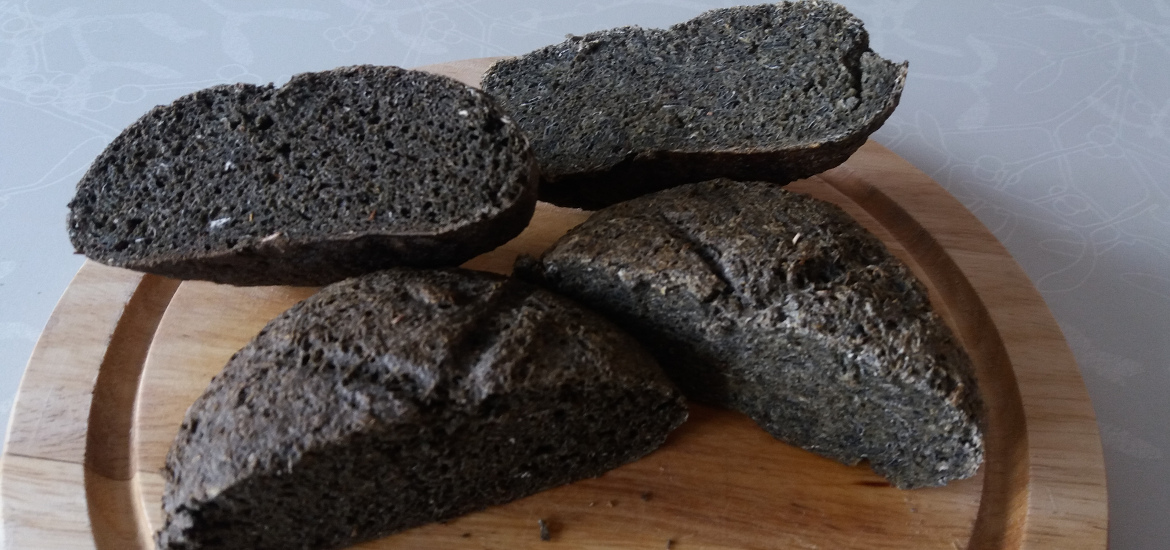
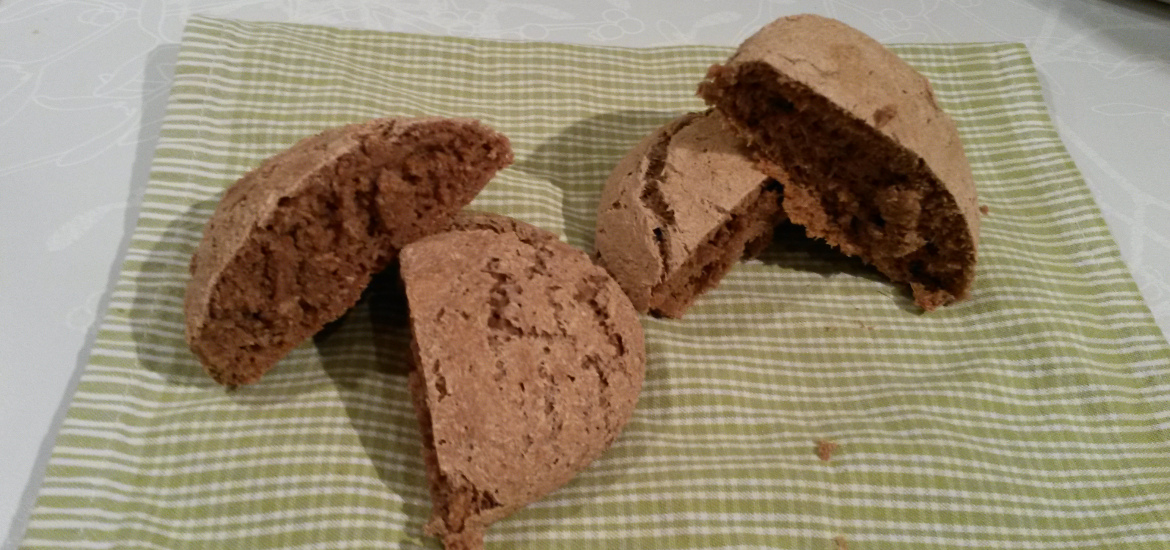
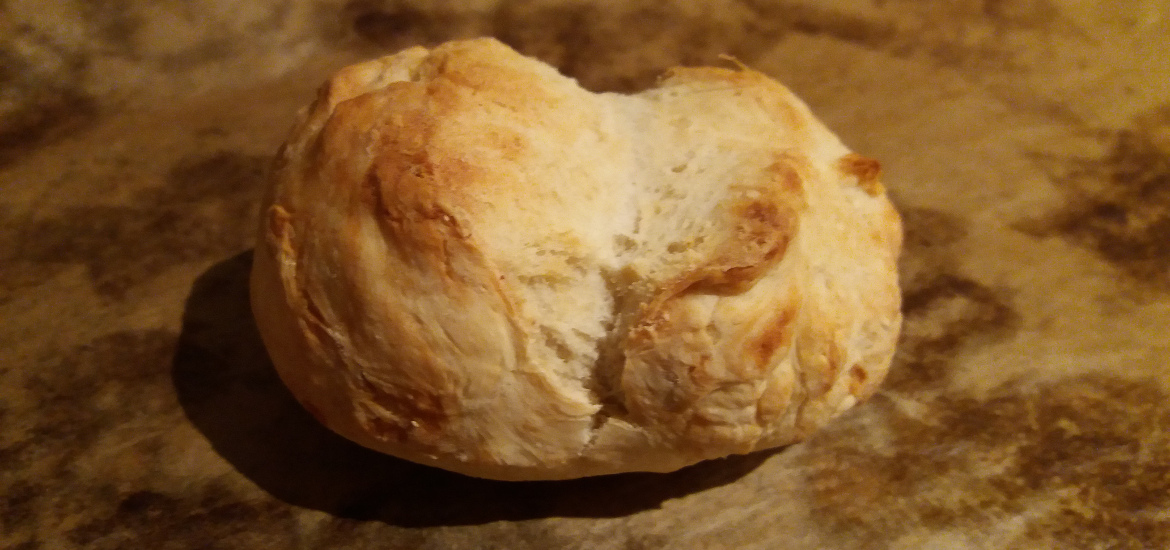
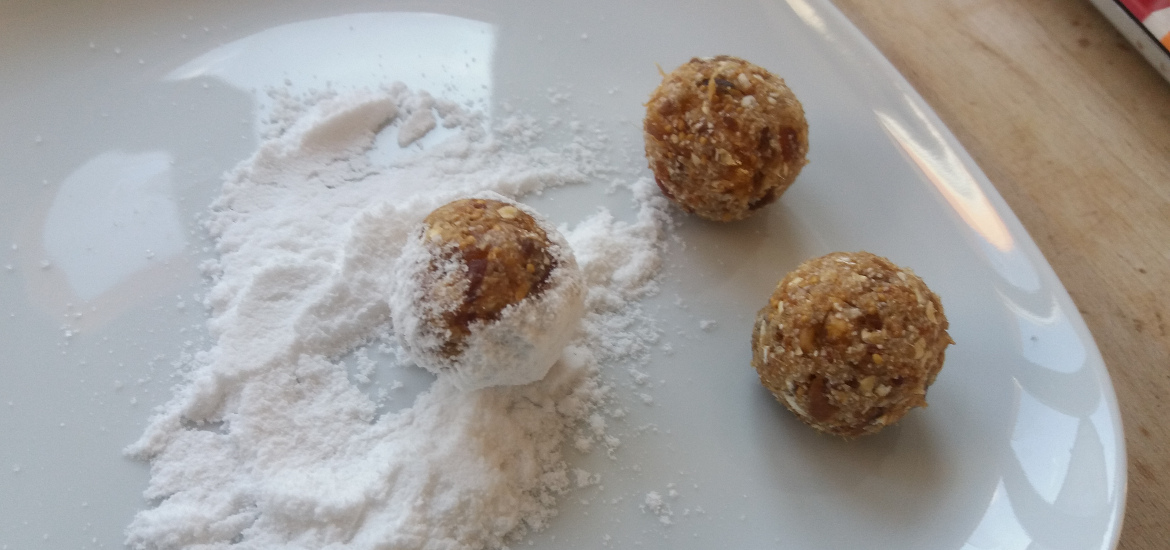
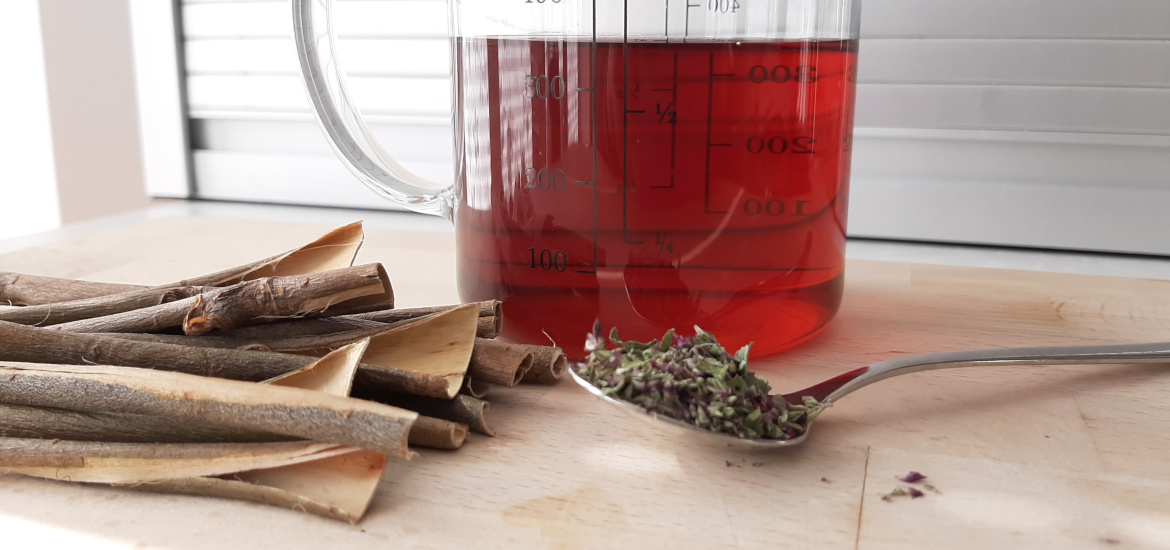
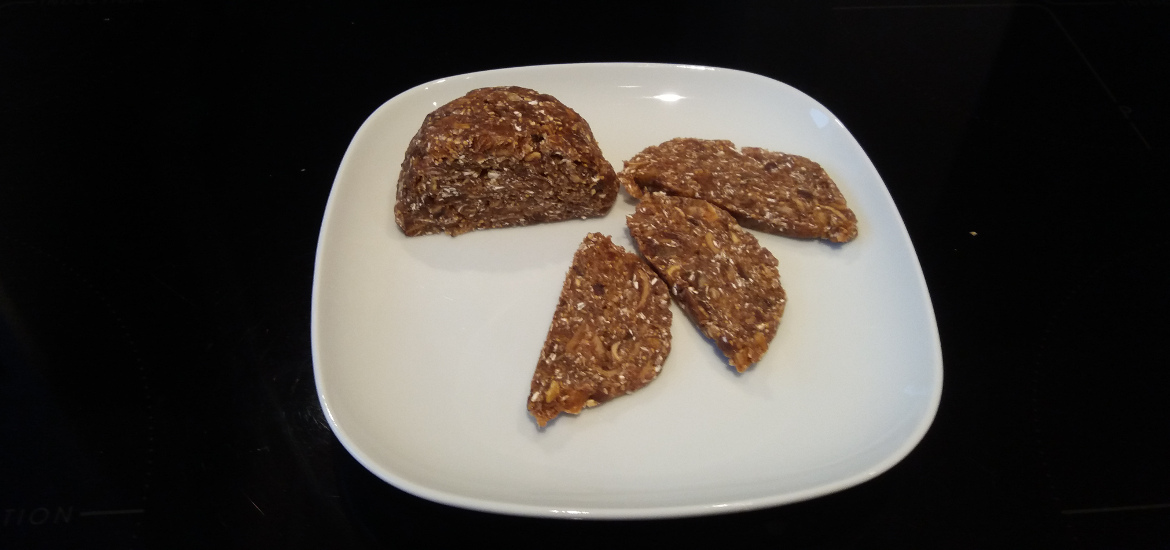
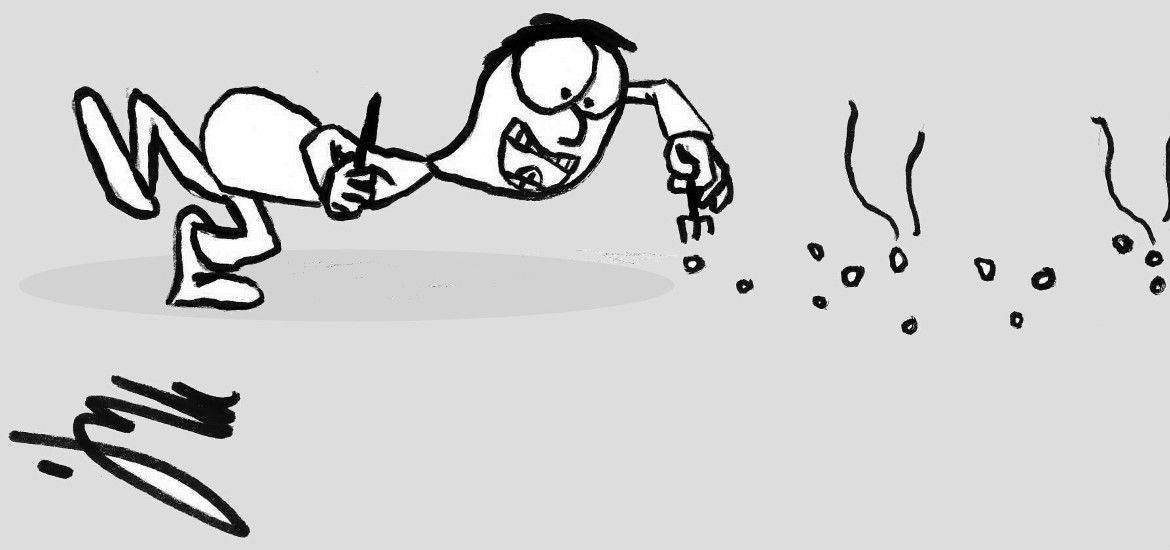
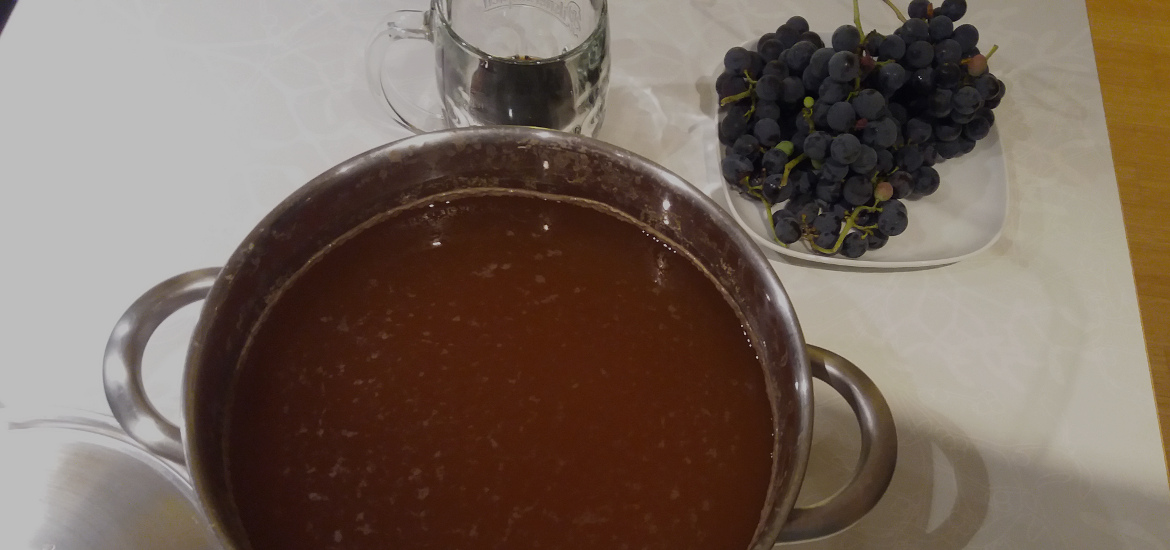
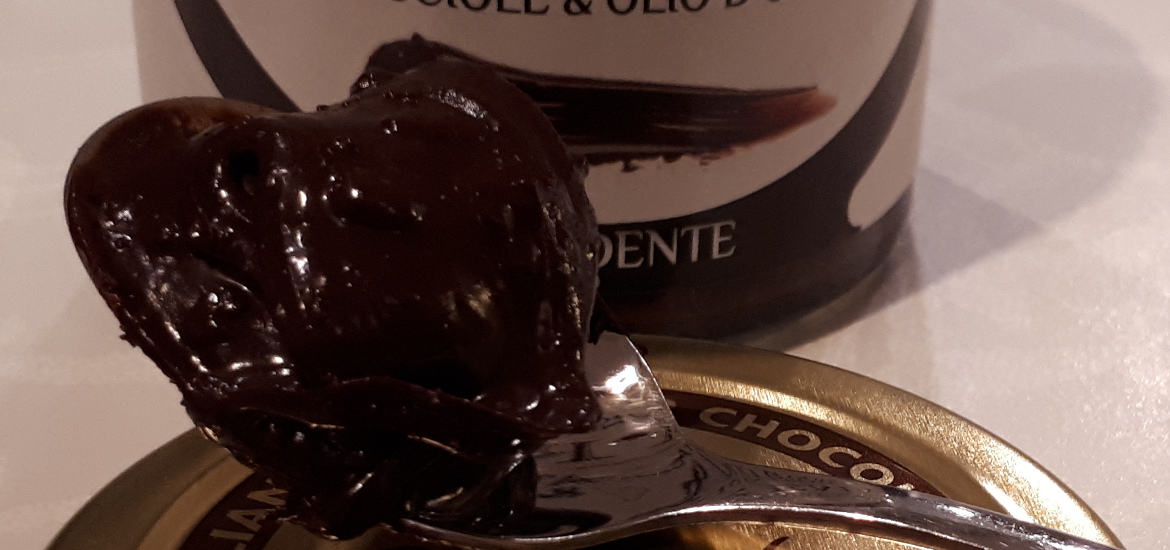
Due to the famine in Norway in 1812 and surrounding years lichen bread was used due to the limited farm land and rising population – saving trees was of little consequence. This famine resulted in many immigrants to the US. Thank you for this interesting article.
Thank you for the comment and some additional information.